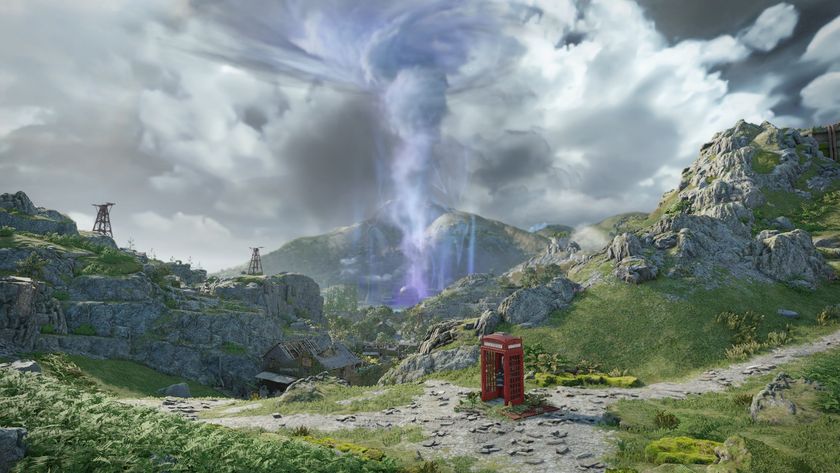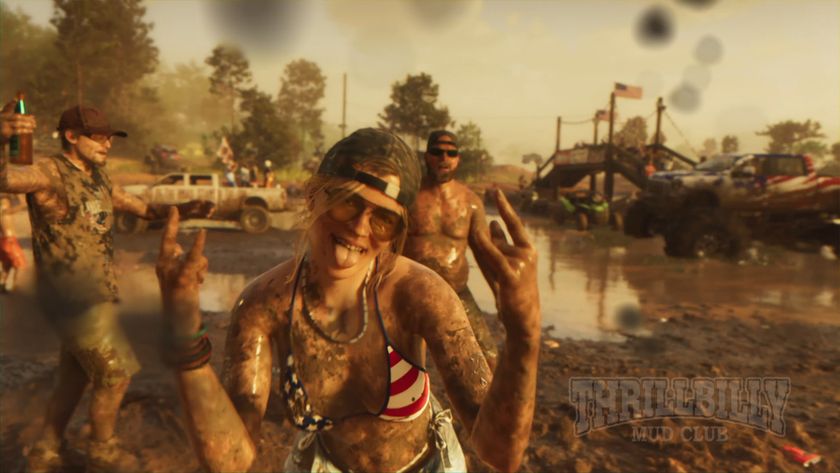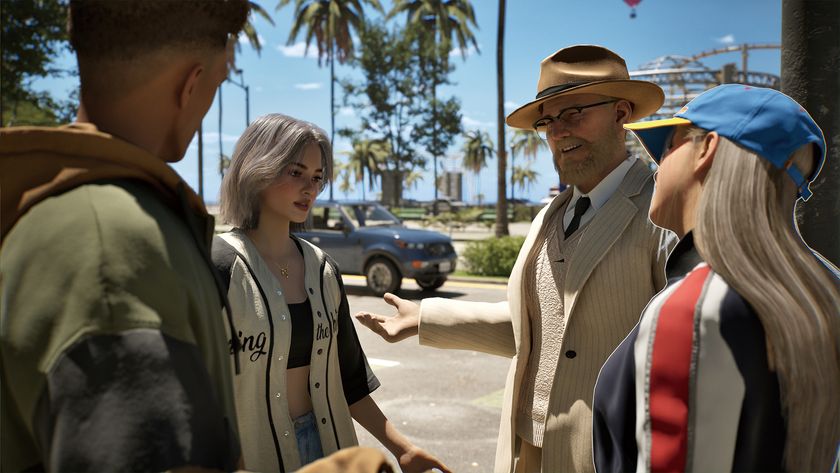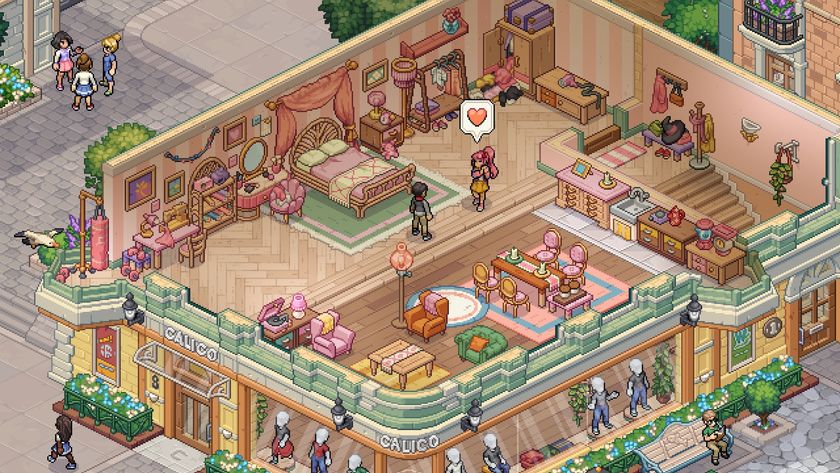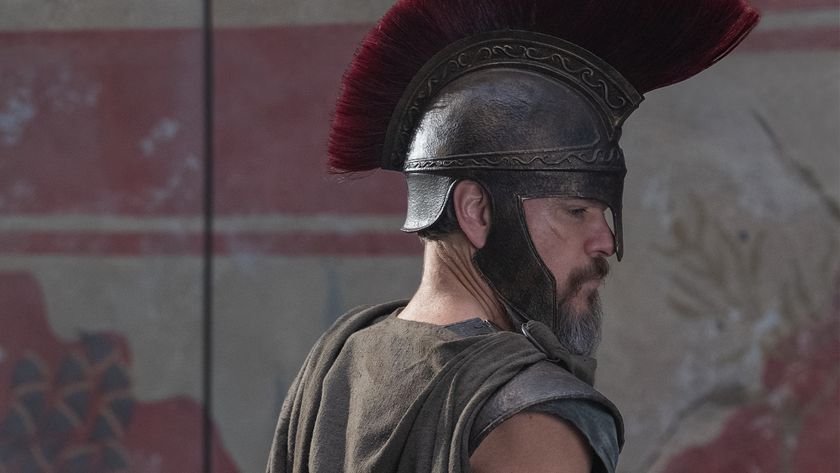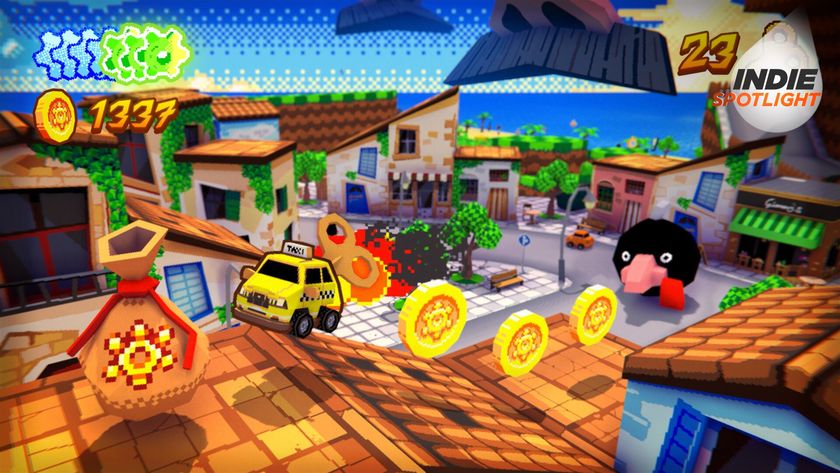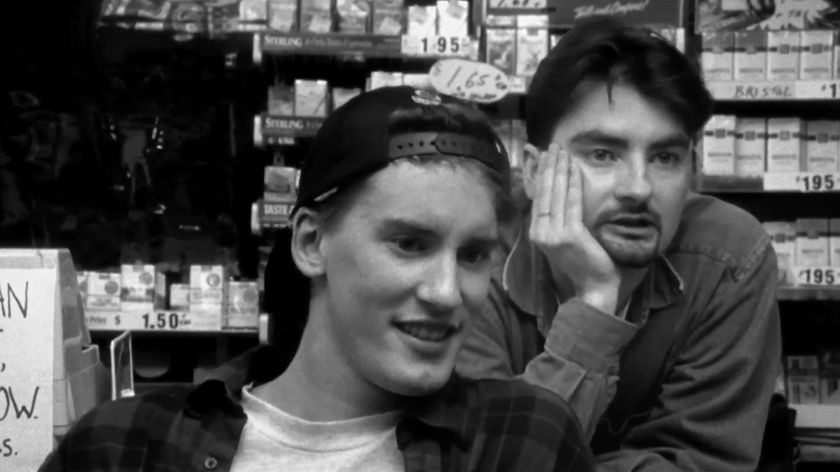Zelda: Breath of the Wild broke the mould (and me) by breaking its weapons
As The Legend of Zelda: Breath of the Wild turns five, we revisit its most divisive design decision
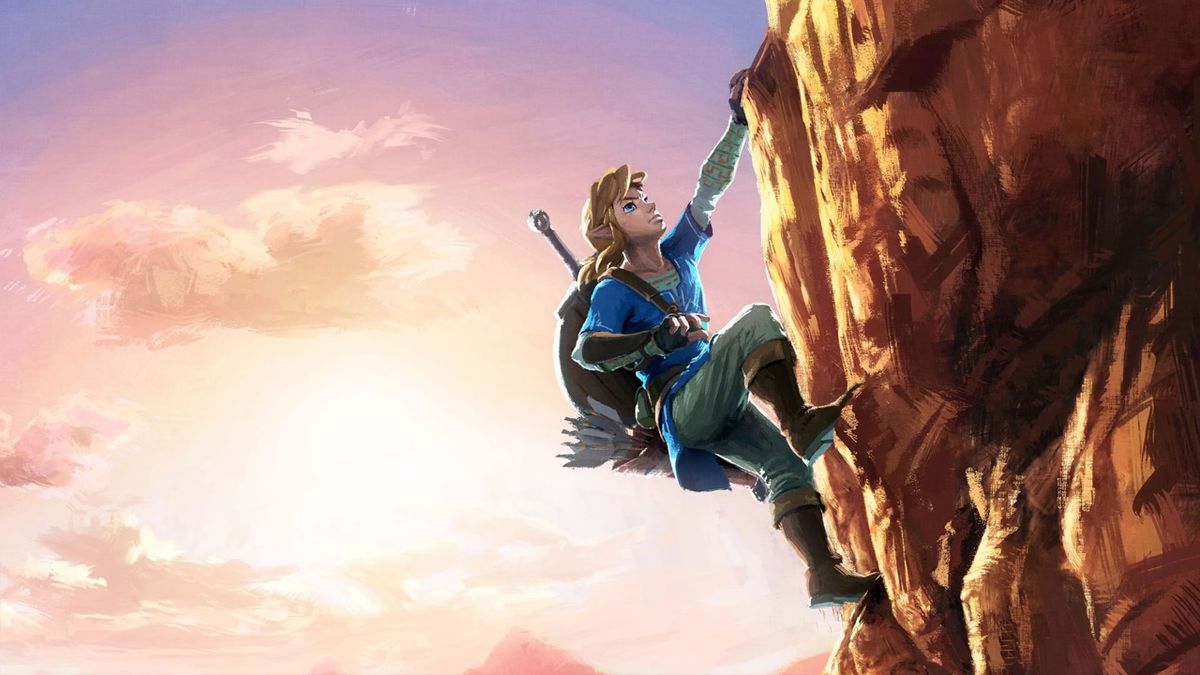
I left part of my sanity on a beach in The Legend of Zelda: Breath of the Wild. After hours of failure from pillar to post in Hyrule, of dying at the hands of Bokoblins, Moblins, and various other iconic Zelda foes, I had a sword. A real sword. Not a wooden club, a garden tool, or the bony severed arm of a fallen Lizalfo. An actual, fully-functioning blade – icy blue with a gunmetal grip and orange stripes wrapped around the hilt. A reward for overcoming a hostile robot deep within an underground shrine north east of Faron Woods. A Guardian Sword, in all its glory.
The catch, however, was in the small print. Or, rather, at the end of the item description that I clearly hadn't read before taking up arms. "Guardian Sword: A sword often wielded by Guardian Scouts. Its blue energy blade is a product of ancient technology… It's not very durable." And now, here I stand, teary-eyed and stranded on the golden sands of Hateno Beach, gripping a Tree Branch for dear life as a Razorclaw Crab and a Stalkoblin circle like vultures. My once sensational shank has been shattered into a million pieces, and I'm struggling to get to grips with one of the most divisive design decisions in any open-world game I've ever played. Breath of the Wild is now five years old, and I still haven't made peace with its approach to weapon durability.
Put to the sword

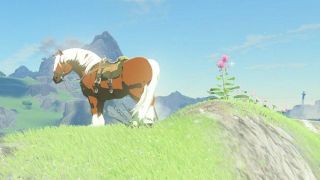
Progression is key to survival in any open-world video game worth its salt. You start off weak, gradually learning new abilities, becoming stronger, killing once insurmountable enemies, and eventually you're able to ride off into the sunset. You know the drill. Breath of the Wild is no different in this regard, but how it moves through those stages is what makes it special – something which stood it apart from anything that'd come before it when it launched on March 3, 2017.
There is no XP in Breath of the Wild, for example. There are no skill trees, and no substantial ability unlocks to speak of, beyond the rune powers that are accessed early doors. In essence, protagonist Link moves through the entirety of the game with the same moveset, and while your heart container count can be grown over the course of the adventure, a la classic Zelda games, certain generic enemies can swat you aside no matter how long you've been roaming the Hyrule expanse, or, crucially, how experienced you think you are.
So, in the absence of systems akin to Skyrim, Fallout 4, The Witcher 3, Horizon Forbidden West, and the reams of other open-world games that leverage talent trees and familiar RPG gimmicks, what does Zelda: Breath of the Wild do? It breaks your bloody weapons, no matter how prestigious. And it's both ingenious and infuriating. So much so that I still can't decide whether I love it or hate it five years later.
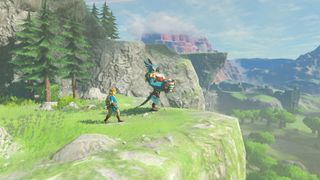
In the immediate wake of my Hateno Beach misadventure, I wanted to kick Breath of the Wild's breakable weapons out the door. After all, this was the first time I'd become attached to a sword which, at this stage in my first playthrough, was dealing some decent damage. Seeing it break in dramatic fashion mid-fight was pretty devastating, and coming from the Dark Souls school of levelling powerful weapons – Lightning Halberd till I die – the thought of losing primary arms so fleetingly was terrifying.
In games like Dark Souls, like Skyrim and like The Witcher 3, levelling up your character helps balance difficulty and progression within the very worlds they exist in. But here, the power of each weapon (as indicated by a coinciding icon), combined with each weapon's durability and the limited number of weapons you can carry at any given time, puts a precise cap on the damage you can hope to deal. In short: if your arsenal contains a gallery of admittedly low-level Guard Swords, you've literally no chance of beating the game's hi-level third act antagonists. No matter how much I loved the blooming thing.
Sign up to the 12DOVE Newsletter
Weekly digests, tales from the communities you love, and more
Broken dreams
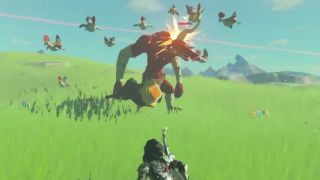
"It's an intoxicating loop that sees you furiously calculating whether or not X enemy is worth breaking out the big guns for, at the risk of literally breaking the big guns."
All of which ties pretty perfectly into Breath of the Wild's exploration and world-building. Link can craft potions and elixirs that temporarily boost attacks, sure, but ultimately the player's power derives from the strength and durability of the weapons they carry. In practice, you'll find yourself constantly tossing away weaker, used arms as you discover new ones; and in order to obtain the strongest weapons, you're forced to seek out elite weapons dealers or tougher foes in the farthest-flung corners of the sandbox. Break a favoured weapon and, well, tough shit, you better get your hands on a new one before that Golden Lynel catches up with you.
The non-permanence of weapons in Breath of the Wild, then, is actually one of the boldest, riskiest, most frustrating and yet most shrewd design decisions open-world games have seen in recent history. Breath of the Wild has spawned a number of lookalikes in the five years since its arrival, but none have nailed its handle on risk versus reward by turning weapons into a perishable commodity. The best way to get new weapons in Breath of the Wild is to fight enemies. The quickest way to break weapons is to fight enemies. When your weapons break, the quickest way to restore your collection is to fight enemies.
It's an intoxicating loop that sees you interminably juggling your best, worst and mid-level swords, spears, hammers and axes, furiously calculating whether or not X enemy is worth breaking out the big guns for, at the risk of literally breaking the big guns. Even as I type this, I can feel my anxiety rising and my blood beginning to boil, which is testament to such a simple yet so, so intricate and well-executed system that totally broke the mould for open-world games and, clearly, my little mind in the process.
With Elden Ring's release last week, FromSoftware's pivot to open-world has seen us re-evaluating what makes open-world games so special when they get it right, and what we expect from the genre in 2022 and beyond. By marrying the core mechanics of Dark Souls with a sprawling, super-explorable sandbox, FromSoftware has put its own spin on the lauded formula with typically unforgiving boss battles and a dash of open-ended, ambiguous lore. Elden Ring hasn't reinvented the wheel, but it's a five-star showing that's struck a chord with its existing audience and an entirely new one. Five years ago, Breath of the Wild didn't reinvent the wheel either. But it did break it and demand that you hunt for a new one.
Had your fill of Hyrule? Check out some of the best games like Zelda

Joe Donnelly is a sports editor from Glasgow and former features editor at 12DOVE. A mental health advocate, Joe has written about video games and mental health for The Guardian, New Statesman, VICE, PC Gamer and many more, and believes the interactive nature of video games makes them uniquely placed to educate and inform. His book Checkpoint considers the complex intersections of video games and mental health, and was shortlisted for Scotland's National Book of the Year for non-fiction in 2021. As familiar with the streets of Los Santos as he is the west of Scotland, Joe can often be found living his best and worst lives in GTA Online and its PC role-playing scene.
